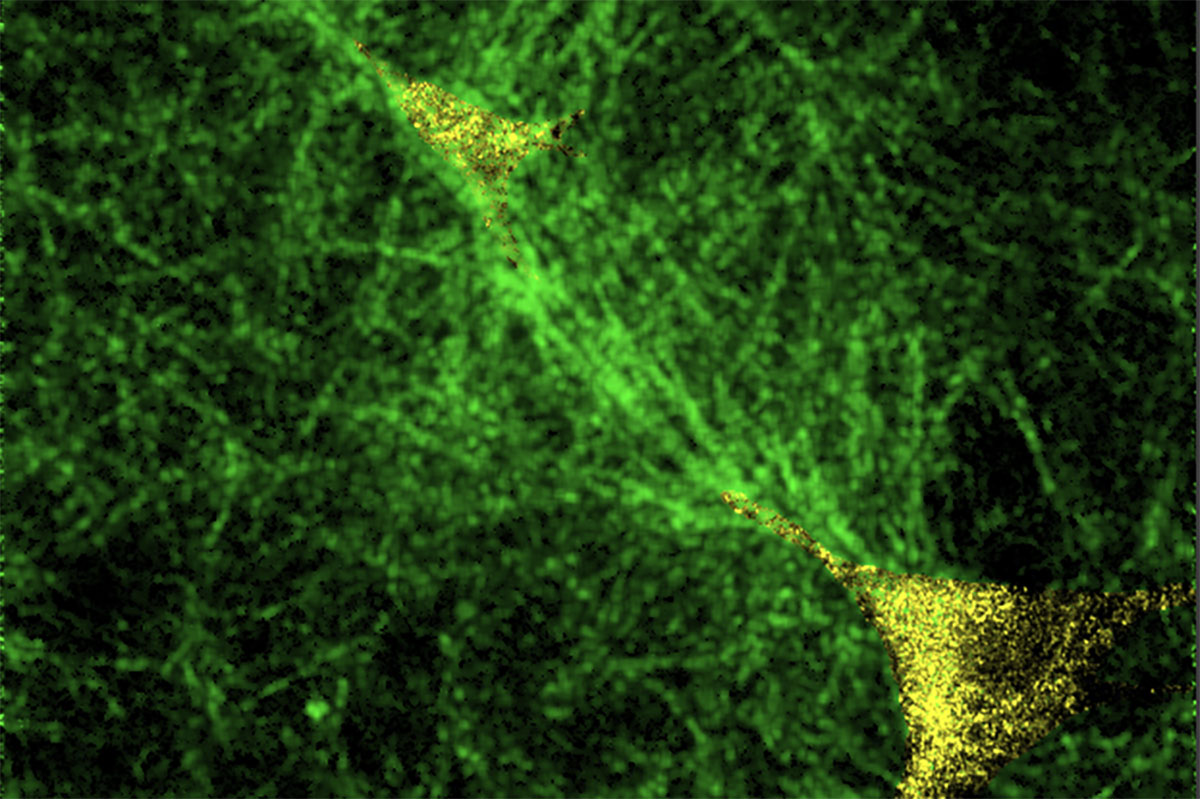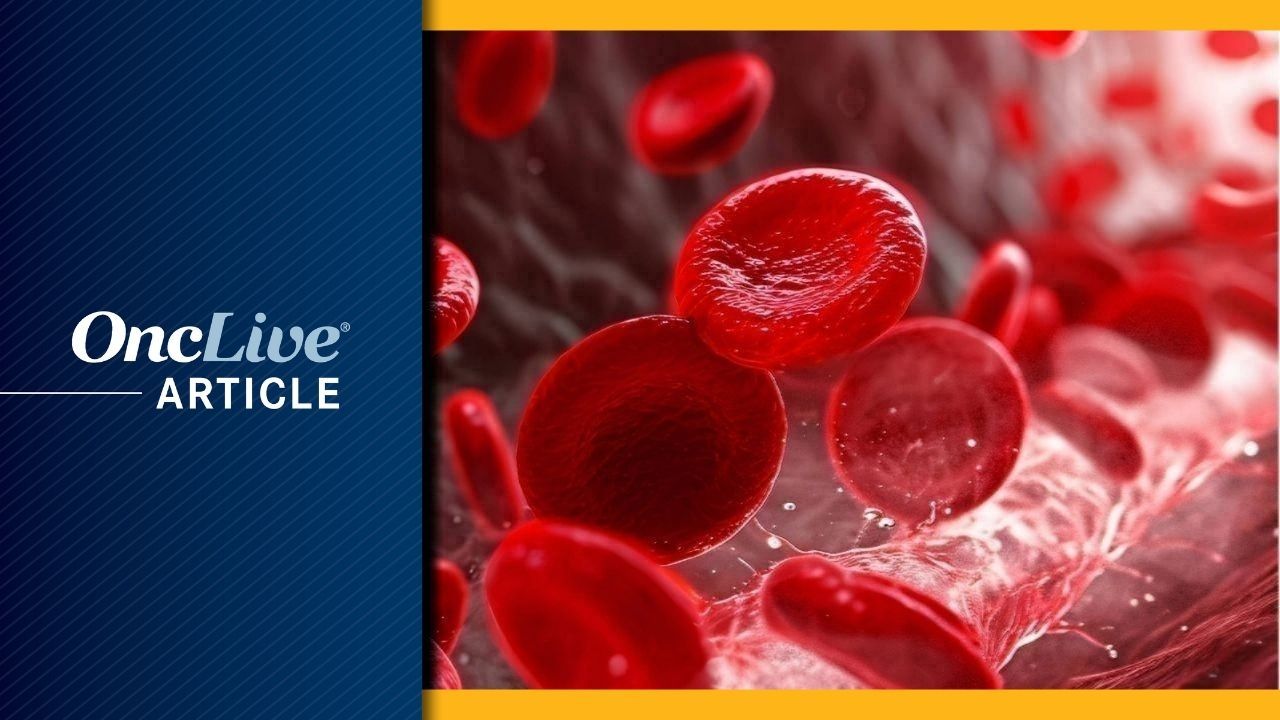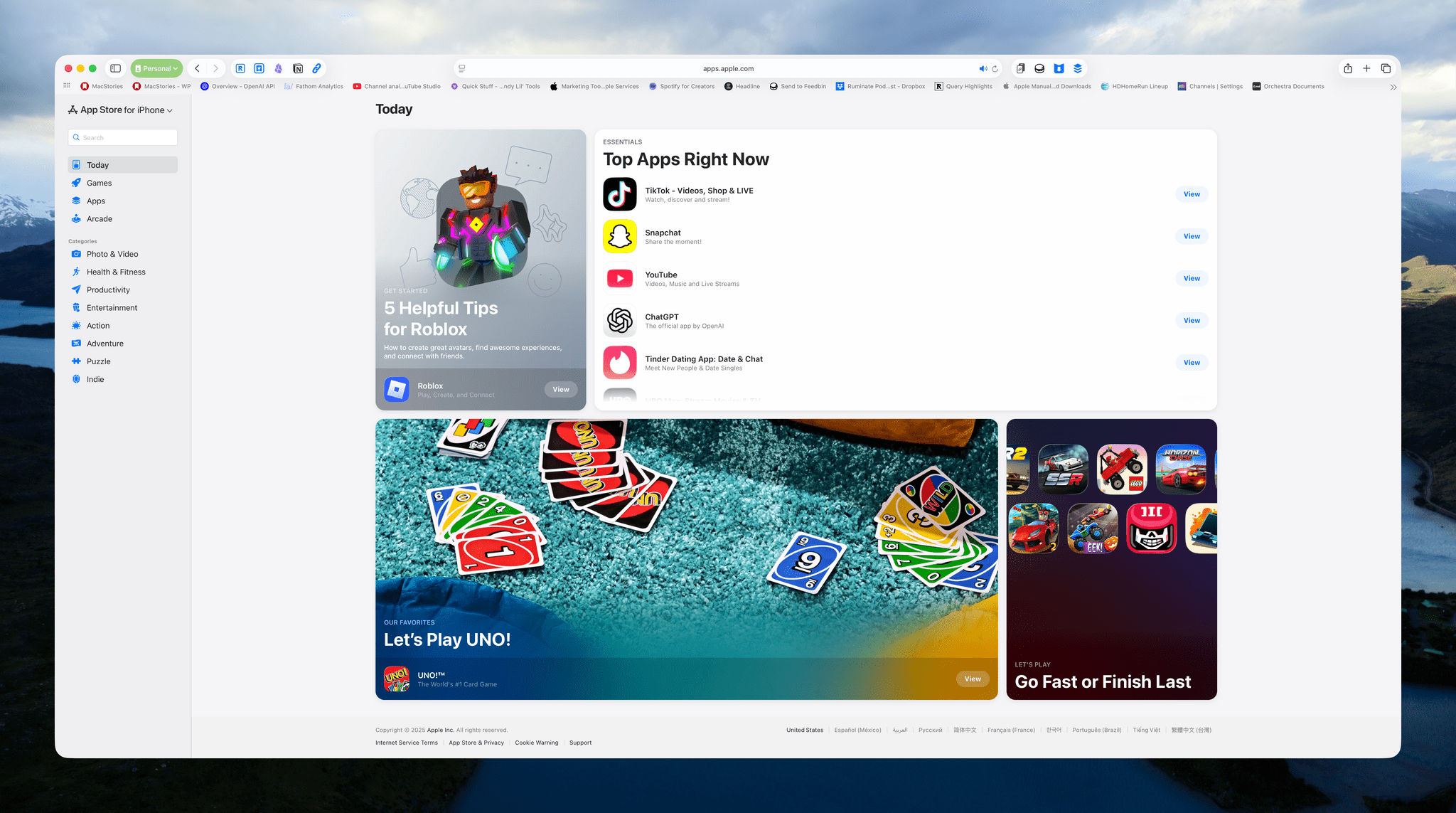Dr Jaspal tenders apology as lawmakers call for restoring discipline at top university
ISLAMABAD:
…

Dr Jaspal tenders apology as lawmakers call for restoring discipline at top university

All Blacks XV and Blues lock Josh Beehre will join the All Blacks in Edinburgh as training cover ahead of Sunday’s [NZT] Test with Scotland.
All Blacks captain and lock Scott Barrett and second five-eighths brother Jordie have…

Edwards’ position at Middlesbrough, given his current employment, would provide some obstacles, with Boro believed to be entitled to a significant compensation fee.
Edwards is a former Wolves Under-23 coach and was also first-team coach, having…

Cells…


In a first-of-its-kind study comparing younger and older biological females, researchers at the University of Arizona examine how shifts in estrogen levels can alter the brain’s fear-circuitry — offering new insights into why…

Data from a meta analysis of randomized clinical trials demonstrated that treatment with JAK inhibitors was associated with improved efficacy and manageable safety compared with best available therapy (BAT) in patients with myelofibrosis.1
Findings showed that at 24 weeks, treatment with JAK inhibitors led to an improvement in the proportion of patients who experienced a spleen volume reduction of at least 35% (SVR ≥35%; OR, 5.81; 95% CI, 2.24-15.07; P < .05) and a reduction in total symptom score of at least 50% (TSS50; OR, 2.35; 95% CI, 1.28-4.32; P < .05).
“JAK inhibitors in myelofibrosis demonstrated superior efficacy over BAT, achieving meaningful clinical end points with manageable toxicities, setting a benchmark for future treatment strategies,” lead study author and hematology/oncology fellow Junaid Anwar, MD, of UTHealth in Houston, Texas, and colleagues wrote in a poster presentation of the data.
JAK Inhibitors vs BAT in Myelofibrosis: Meta Analysis
Investigators followed Preferred Reporting Items for Systematic Reviews and Meta-Analyses guidelines to conduct systematic searches of PubMed, EMBASE, Cochrane, and ClinicalTrials.gov to pull relevant data through April 2024. The analysis included patients treated in the phase 3b Freedom trial (NCT03755518) evaluating fedratinib (Inrebic) in patients with intermediate- or high-risk myelofibrosis who had a platelet count of at least 50 × 109/L and were previously treated with ruxolitinib (Jakafi); the phase 3 Persist-2 trial (NCT02055781) investigating pacritinib (Vonjo) in patients with myelofibrosis and thrombocytopenia; the phase 3 SIMPLIFY 2 trial (NCT02101268) examining momelotinib (Ojjaara) in patients with myelofibrosis who had suboptimal response or hematological adverse effects with ruxolitinib; the phase 3 PERSIST-1 trial (NCT01773187) evaluating pacritinib in patients with myelofibrosis; and the phase 3 COMFORT-II trial (NCT00934544) investigating ruxolitinib for patients with myelofibrosis.
Notably, the JAK inhibitors ruxolitinib, fedratinib, pacritinib, and momelotinib are all currently approved by the FDA and hold indications for the treatment of select patients with myelofibrosis.2-5 Pacritinib and momelotinib are the two most recently approved JAK inhibitors for myelofibrosis, earning FDA approval in 2022 and 2023, respectively.4,5 Pacritinib is indicated for the treatment of adult patients with intermediate or high-risk primary or secondary (post-polycythemia vera or post-essential thrombocythemia) myelofibrosis with a platelet count below 50 × 109/L;4 and momelotinib is approved for the treatment of intermediate or high-risk myelofibrosis, including primary myelofibrosis or secondary myelofibrosis (post-polycythemia vera and post-essential thrombocythemia) in adult patients with anemia.5
In the analysis, investigators pooled dichotomous and continuous outcomes using RevMan 5.4 and 95% confidence intervals, and study heterogeneity was evaluated using I2 and X2 statistical tests.1 A P value of less than 0.5 was deemed statistically significant in this study.
The study’s primary end point was to evaluate SVR35 and TSS50 at 24 weeks for ruxolitinib, pacritinib, momelotinib, and fedratinib compared with BAT. Investigators also assessed safety of the JAK inhibitors vs BAT.
Results also showed that JAK inhibitors were associated with statistically significant increases in the rate of grade 3 or higher anemia (risk ratio [RR], 1.30; 95% CI, 1.01-1.67; P < .05), grade 3 or higher thrombocytopenia (RR, 1.47; 95% CI, 1.05-2.04; P < .05), any-grade diarrhea (RR, 3.37; 95% CI, 1.90-5.98; P < .05), and any-grade nausea (RR, 3.12; 95% CI, 1.84-5.29; P < .05) compared with BAT.
Notably, no statistically significant differences were observed for JAK inhibitors vs BAT in regard to the rates of any-grade pyrexia (RR, 1.42; 95% CI, 0.59-3.41), any-grade fatigue (RR, 1.04; 95% CI, 0.74-1.46), and any-grade peripheral edema (RR, 0.84; 95% CI, 0.62-1.15).

Today, Apple launched a web version of the App Store, with a twist. I’ll admit that this wasn’t on my “things Apple will do this fall” bingo card. I’ve wondered since the earliest days of the App Store why…